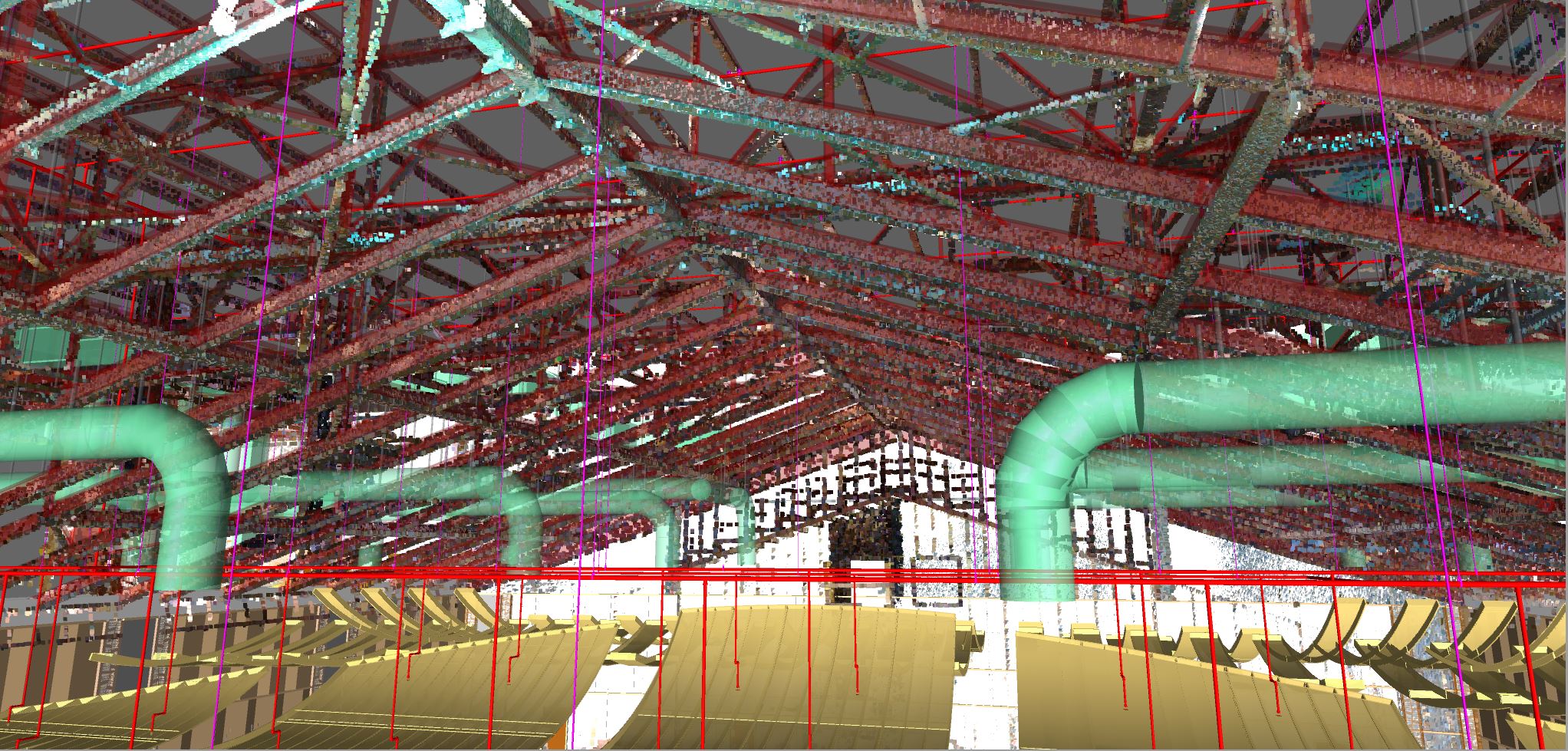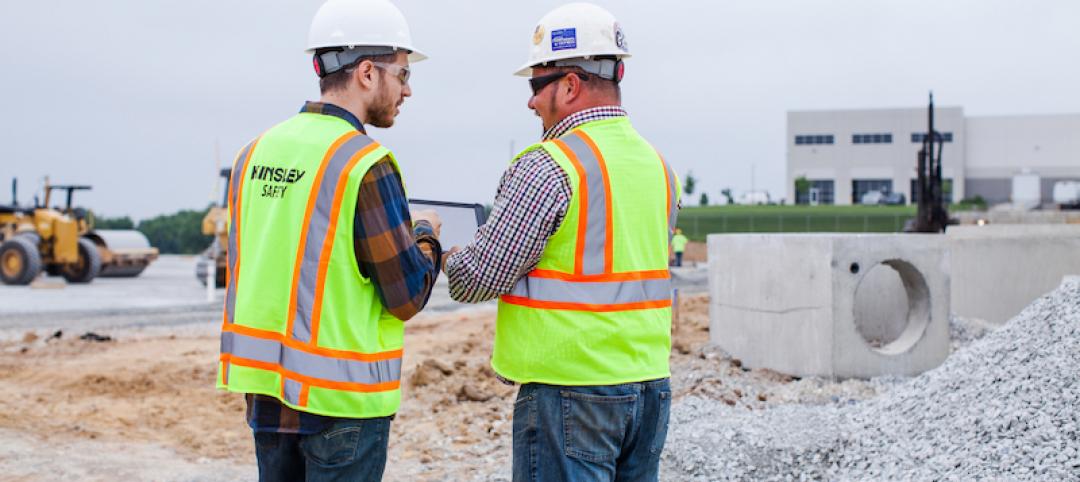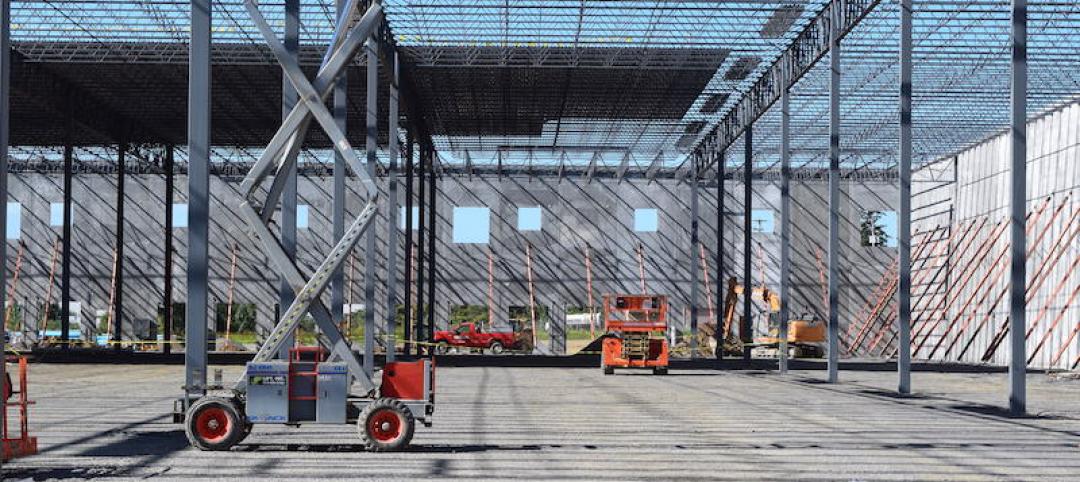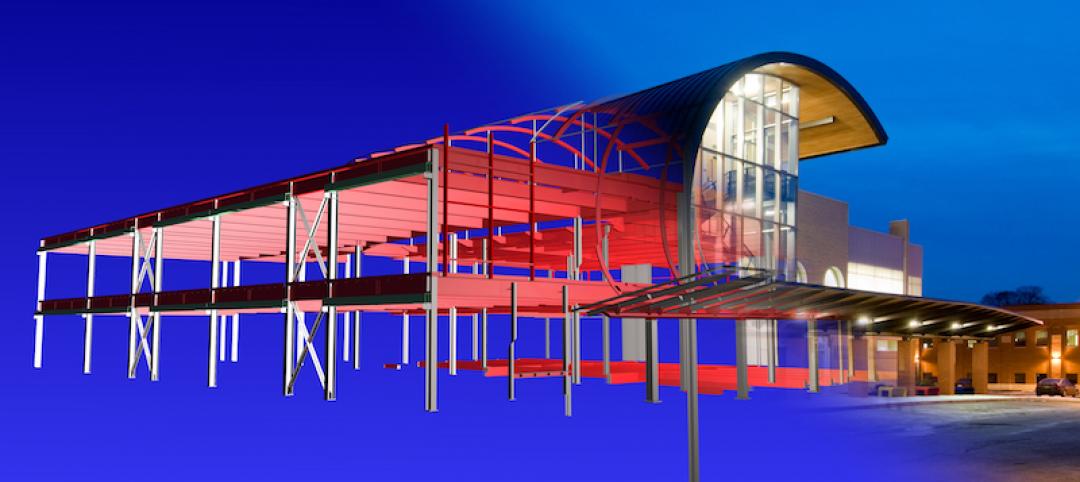Early in my career, while working at a design-build mechanical contractor, one of my first tasks was to survey a small office building’s existing HVAC system. I headed to the job site with a laser tape measure and notepad to track the dimensions and location of the current ductwork, piping and equipment. In the moment, I remember questioning if I had captured everything correctly. Were there any critical existing conditions or systems that I was overlooking?
After entering the information into AutoCAD, I quickly realized that I was unable to capture all of the dimensions needed to complete the drawings for this space. This resulted in additional trips to the job site to gather what I hoped were accurate and complete dimensions.
Other industry professionals have shared similar stories with me over the years. Luckily, with the evolution of technology in construction, laser scanning now provides a more accurate and efficient way to gather needed information.
How it works
Laser scanning utilizes a piece of equipment with a device attached to the top which rotates and controls the laser. This laser acts as a range finder; it can be set up from multiple angles and bounces off an object to accurately track its measurements. The machine and software then stitch together the individual scans to create a 3D point cloud, which is converted into 3D models using products like Autodesk Revit.
While laser scanning isn’t the newest construction technology to hit the market, its ability to capture dimensions within existing spaces and systems provides highly accurate as-built or survey conditions. It’s also a more cost-effective resource for project teams – allowing them to quickly gather job site information and avoid sending teams out with laser tape measures and notepads hoping to get it right on the first try.
Putting it to use
Recently, on a historic auditorium renovation project, laser scanning technologies were used to finalize the design. The renovation included demolishing the space down to the structure then rebuilding with completely new architectural layouts and MEP systems.
The laser was used to scan the large, open area and capture dimensions of the existing masonry walls and structural steel. The structure’s point cloud was used to design and coordinate all of the new work. With ceiling clouds, ductwork, lights, sprinklers, catwalks, stage lighting and equipment, there were thousands of hangers to attach to the existing structure.
Through laser scanning, the project team was able to locate hanger attachment points, which also allowed the subcontractor to layout his attachment points and prefabricate the ceiling clouds off site. This process helped led to a seamless field installation and kept the project on schedule.
Laser scanning directly impacts the quality and effectiveness of capturing a building’s existing conditions and creating proactive designs. Project teams are able to collect accurate information while saving time and money for the owners. This process is another example of how technology, large and small, will continue to alter how we complete day-to-day tasks on the job site and deliver construction projects.
Author Bio
Travis Fischer is the Virtual Design & Construction Manager for Kinsley Construction, Inc. He first joined Kinsley in 2012 with extensive experience in Building Information Modeling (BIM) for construction. He earned his degree in Architectural Technology from Thaddeus Stevens College of Technology and is a member of the Central Pennsylvania Revit Users group, and BIM Curriculum Development Team at Townson University where he is also an adjunct professor.
More from Author
Kinsley Construction, Inc. | Jun 28, 2019
Emotional intelligence is bettering the construction industry
A better understanding of emotional intelligence and how it correlates with the construction industry can get people who are skilled at building with their hands excited about pursuing a career where they can do just that.
Kinsley Construction, Inc. | Apr 19, 2019
Debunking 3 common construction myths
By debunking a few common myths about construction, owners can feel more prepared and excited for their next project.
Kinsley Construction, Inc. | Apr 9, 2019
3 essential technologies for a successful project
Knowing the technology owners need and what construction teams should be utilizing can be an overwhelming decision.









